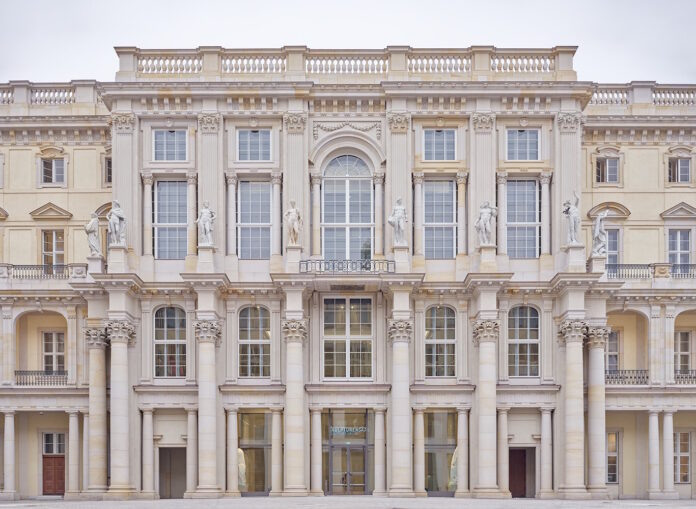The museum, a rich container
Humboldt Forum is housed in a reconstruction, a perfect copy of the Stadtschloss that was the residence of the Hohenzollerns. Three sides are in the Baroque style, while the fourth is in the rationalist congress center style. It will house a museum of the history of the city but above all the collections of Asian, American, Oceanian and African art. More than five hundred thousand pieces will be exhibited in rotation which, over the years, will be digitized and accompanied by their stories and origins.
However, the slowness of the procedures resulted in the resignation of the art historian Bénédicte Savoy. 677 million euros have been spent up to now, but with the costs of reorganizing the collections and digitization, one billion euros could be reached in a few years.
It is something very different from the Musée du Quai Branly in Paris and the British Museum in London. The first, inaugurated in 1995, is a typical twentieth-century building; the second was built in the second half of the eighteenth century. It is not just a question of the size of the collections: in the British Museum there are about 8 million pieces; in the Parisian museum there are slightly fewer. However, the years after the 2008 crisis are what matters.
The digital inauguration of the Humboldt Forum
Centrally, after twenty years of globalization, there is the rise of the postcolonial world and the acknowledgment of its aspirations, of its desire to be there, and of the freedom of its judgments on the industrialized and rich world. The digital inauguration of the Humboldt Forum touched the theme of stolen art “Raubkunst” and #blacklivesmatter. The video of the demolition of the statue of a slave trader and benefactor of the city of Glasgow and its subsequent dragging by the crowd into the waters of the English city harbor was part of the baptismal certificate of this new cultural institution.
The site is on Museum Island washed by the Spree, the main place of the classical and neoclassical European tradition. However, Germany, the greatest exporting power and center of gravity of Europe, looks to the postcolonial world, where Germany has found a new place in the world. If this is the value, the agile presentation can be explained, without rhetoric, all based on the idea of a common research with other participants and cultures, none in a subordinate position.
From the restaurant on the top floor of this highly criticized copy of a Baroque palace, not far away, you can see the transparent dome of the Reichstag and just beyond, along the Spree, the Charitè hospital where Alexej Naval’nyj, the Russian politician poisoned in Siberia, was hospitalized and saved. This reconstruction on the ashes of the imperial palace and then on the RepublikPalast, seat of the parliament of the GDR, which has been mercilessly demolished, is intended to be an act of defiance also to the establishment of ethnographic museums.
You can also read:








